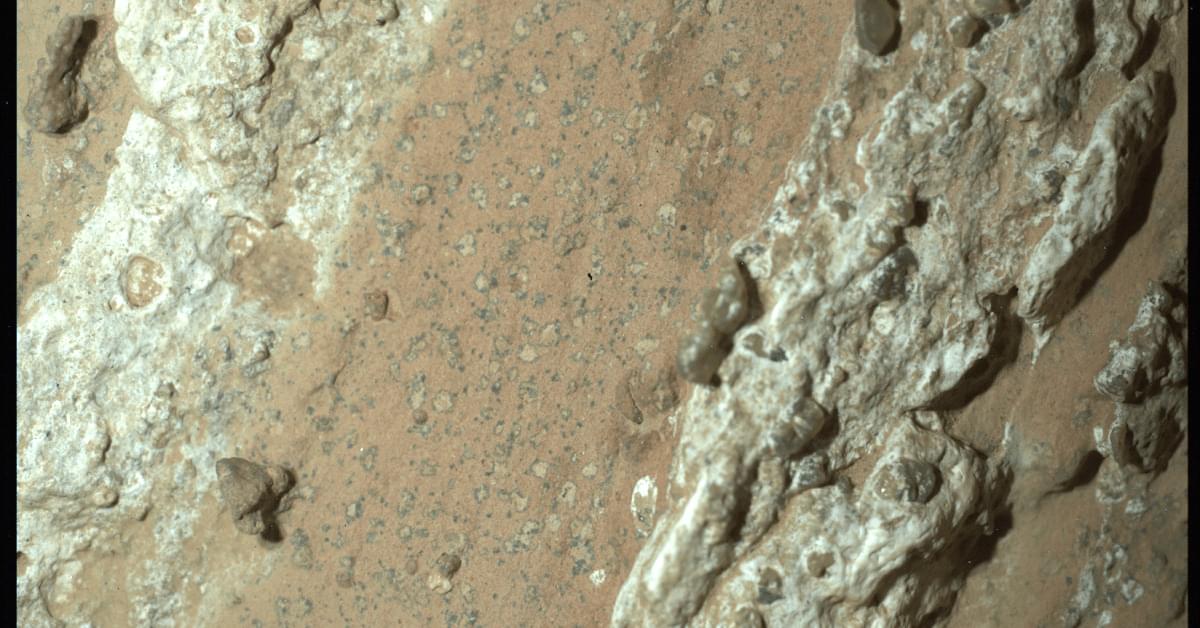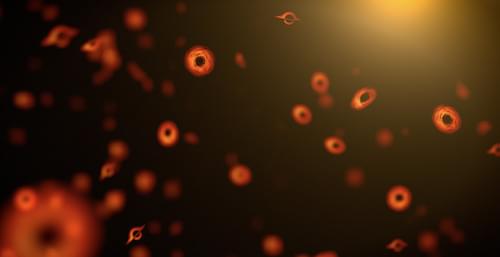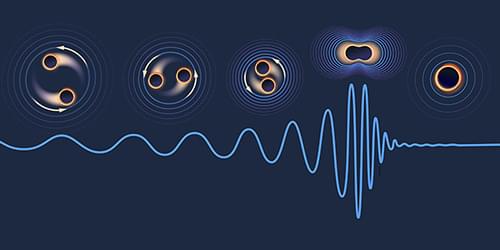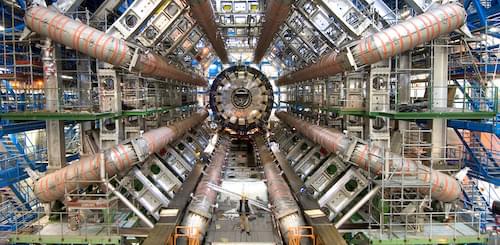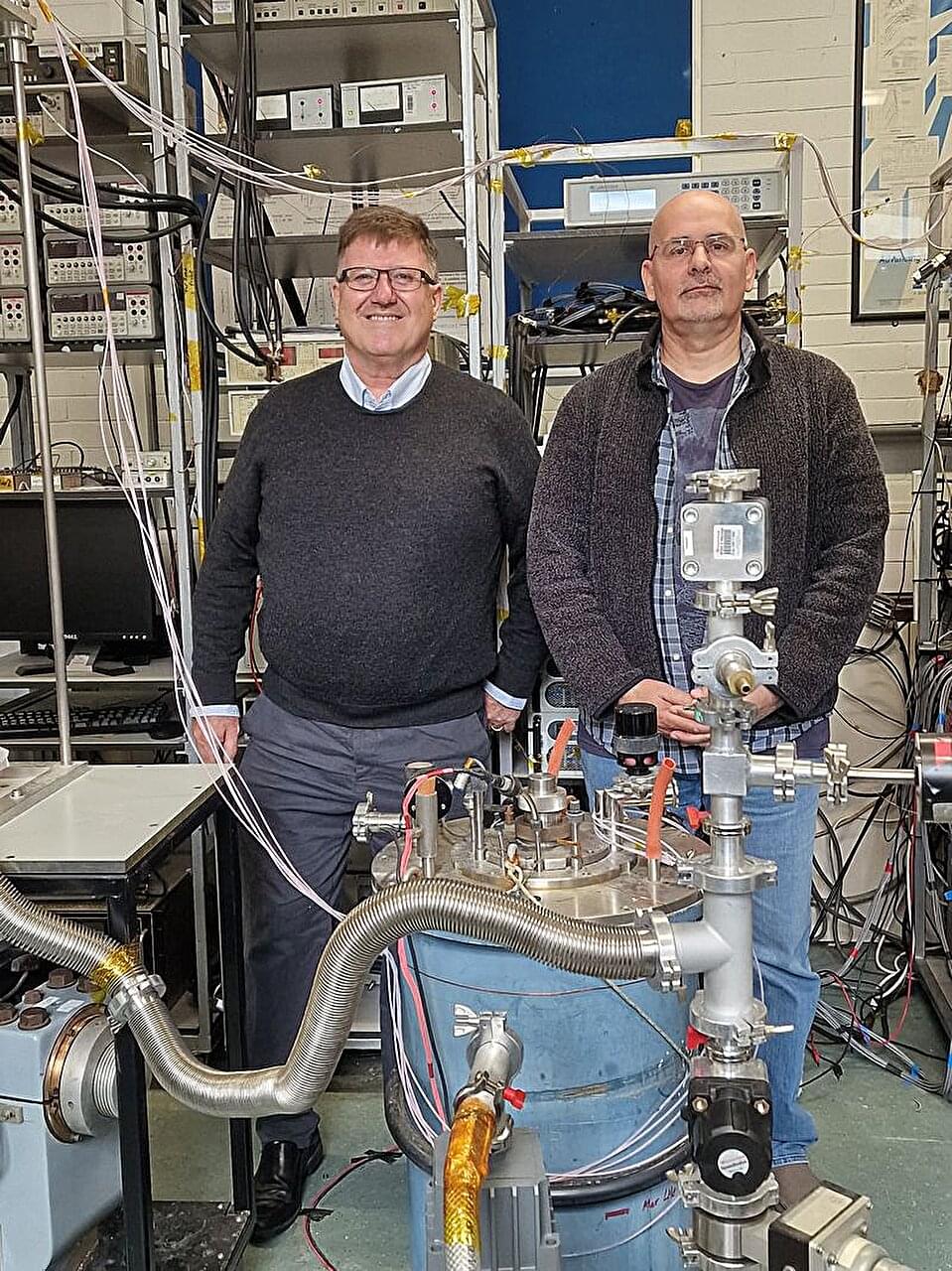Describing and understanding personality structure is fundamental to predict and explain human behavior. Recent research calls for large personality item pools to be analyzed from the bottom-up, as item-level analysis may reveal meaningful differences often obscured by aggregation. This study introduces and applies Taxonomic Graph Analysis (TGA), a comprehensive network psychometrics framework aimed at identifying hierarchical structures in personality from the bottom-up, to an open-source 300-item IPIP-NEO dataset (N = 149,337). This framework addresses key methodological challenges that have hindered accurate recovery of hierarchical structures, including local independence violations, wording effects, dimensionality assessment, and structural robustness.

